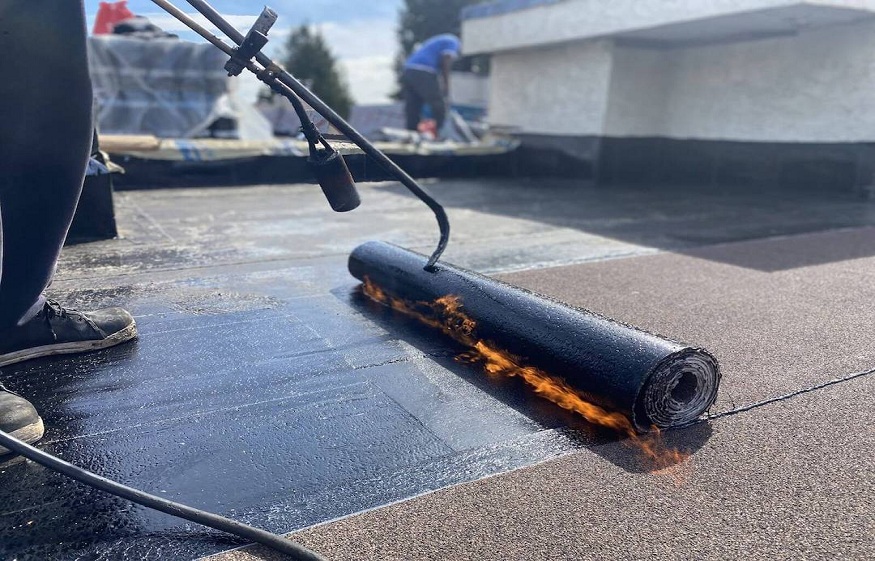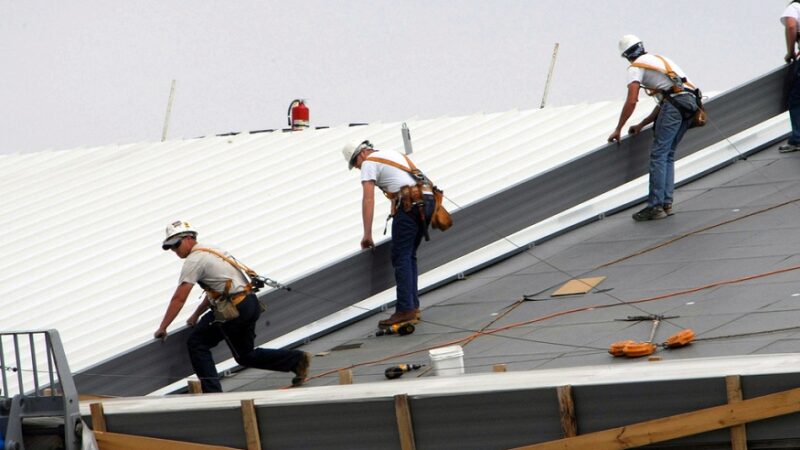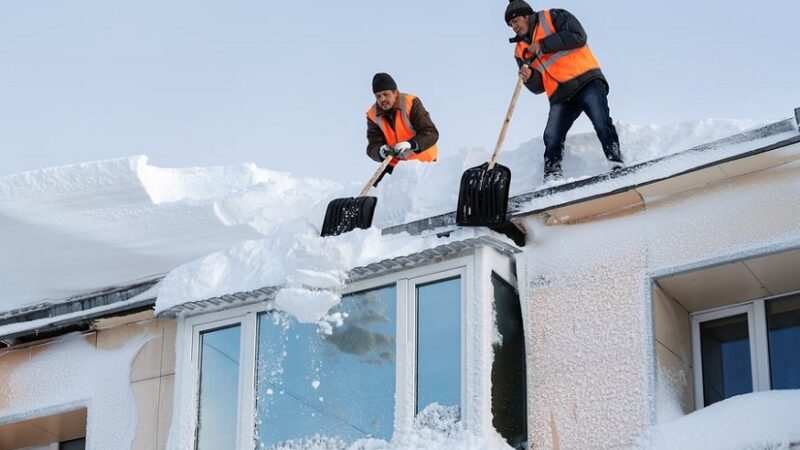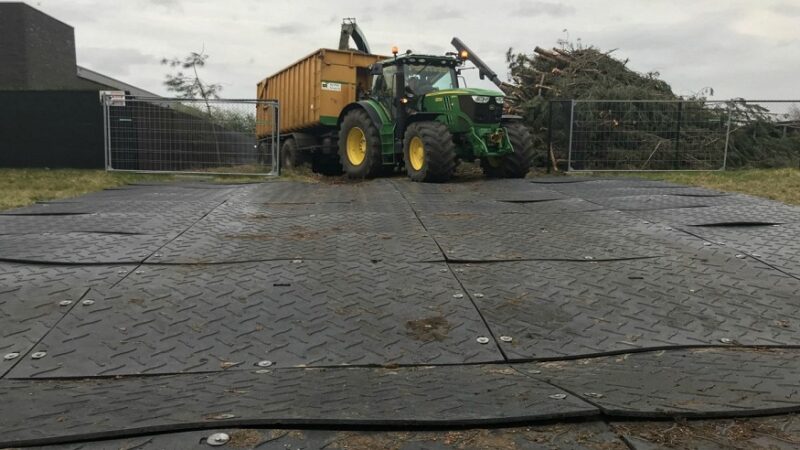What Are Torch Down Roofs And Why Are They So Popular?

Walking past a commercial building renovation, you might notice roofing contractors wielding what appears to be oversized torches, carefully heating and applying dark membrane materials in a process that looks simultaneously dramatic and precise—this is torch down roofing installation, a modified bitumen system that has quietly dominated flat and low-slope commercial roofing for decades through a compelling combination of proven reliability, installation versatility, and performance characteristics that address the most challenging aspects of horizontal roof applications.
While the name “torch down” might sound concerning to property owners worried about fire safety, this application method actually creates the strongest, most reliable waterproofing bonds available in commercial roofing, resulting in monolithic membrane systems that resist the water infiltration, wind uplift, and thermal stress that plague other flat roofing alternatives. The popularity of torch down roofing among experienced contractors and savvy building owners isn’t based on marketing hype or fleeting trends—it stems from decades of real-world performance proving that when properly installed, these systems deliver exceptional longevity, minimal maintenance requirements, and the kind of dependable protection that commercial properties demand.
Understanding Torch Down Roofing Technology
Torch down roofing represents an evolution in flat roofing materials, combining traditional asphalt waterproofing with modern polymer chemistry and installation techniques that dramatically improve upon older built-up roofing systems.
Material Composition and Engineering
Torch down roofing consists of modified bitumen membranes—asphalt that’s been enhanced with either APP (Atactic Polypropylene) or SBS (Styrene-Butadiene-Styrene) polymers that fundamentally alter the material’s performance characteristics. These polymer modifications prevent the brittleness and cracking that affect traditional asphalt in cold weather while maintaining stability during extreme heat that would soften unmodified materials. The base asphalt provides proven waterproofing capabilities, while polymer modifiers extend the functional temperature range, improve flexibility, and enhance long-term durability.
Membrane Construction and Layers
Quality torch down roofing systems typically feature reinforced membranes incorporating polyester or fiberglass scrims that provide dimensional stability and tear resistance. The multi-layer construction includes a base sheet that adheres to the roof deck, followed by one or more cap sheets that provide the primary weather protection and ultraviolet resistance. This layered approach creates redundant waterproofing that ensures minor surface damage doesn’t compromise the entire system.
The Torch Application Process
The “torch down” name derives from the installation method where contractors use propane torches to heat the membrane’s bottom surface, melting the asphalt coating and bonding it directly to the substrate or previous membrane layer. This heat-welding process creates complete adhesion across the entire membrane surface rather than relying on mechanical fasteners or adhesive strips that create potential weak points. The molten asphalt flows into surface irregularities, creating seamless bonds that eliminate the air gaps and incomplete adhesion that can affect other installation methods.
Why Torch Down Roofing Dominates Commercial Applications
The sustained popularity of torch down systems among commercial property owners and roofing contractors reflects specific performance advantages that address the most challenging aspects of flat roof applications.
Superior Adhesion and Wind Resistance
The complete bond created by torch application eliminates the billowing and wind uplift problems that plague mechanically fastened or loosely laid systems. Every square inch of membrane adheres directly to the substrate, creating unified systems that resist even severe wind events. This superior attachment becomes critical in exposed locations or tall buildings where wind forces can devastate inadequately secured roofing materials. The elimination of mechanical fasteners also removes potential leak points that can develop around fastener penetrations over time.
Exceptional Waterproofing Performance
Torch down systems create truly monolithic waterproof barriers where overlapping membrane seams are heat-welded together with bond strength that actually exceeds the base membrane material. This seamless construction prevents the water infiltration that occurs at poorly sealed seams in other systems. The multi-layer construction provides redundant waterproofing—even if the top cap sheet sustains damage, underlying layers continue protecting the building interior. This fail-safe characteristic provides peace of mind that single-layer systems cannot match.
Temperature Performance and Flexibility
The polymer-modified asphalt maintains flexibility across extreme temperature ranges, preventing the thermal cracking that affects rigid materials while avoiding the softening and distortion that can occur with materials that become unstable in high heat. This temperature stability proves particularly valuable in climates with significant seasonal temperature variations where thermal cycling stresses roofing materials. The membrane’s flexibility also accommodates building movement and structural settling without cracking or tearing that would compromise waterproofing integrity.
Self-Healing Characteristics
One of torch down roofing’s most remarkable features is its ability to self-seal around minor penetrations and punctures. The modified bitumen material flows slightly when warmed by solar heat, allowing it to seal around fasteners, small punctures, and other minor intrusions that might compromise other roofing systems. This self-healing property significantly reduces maintenance requirements and extends system life by preventing minor damage from developing into serious leak problems.
Installation Advantages and Quality Control
Beyond material performance characteristics, torch down roofing’s installation process provides specific advantages that contribute to its popularity among quality-focused contractors and discriminating property owners.
Real-Time Quality Verification
The torch application process allows contractors to see and verify proper adhesion as installation progresses. The molten asphalt flowing from membrane edges provides immediate visual confirmation that adequate heat has been applied and proper bonds are forming. This real-time feedback enables quality control during installation rather than discovering adhesion problems months or years later when systems begin failing. Experienced contractors can adjust torch temperature and application speed to ensure optimal bonding across varying substrate conditions.
Adaptability to Complex Roof Configurations
Torch down membranes excel in complex roof configurations with numerous penetrations, equipment curbs, and architectural details that challenge other roofing systems. The membrane’s flexibility and heat-weldable nature allow creation of custom flashings and details on-site, ensuring watertight integration around obstacles without relying on pre-fabricated components that may not fit precisely. This adaptability reduces installation challenges and creates more reliable waterproofing at the transition points where many roofing systems experience problems.
Weather-Tolerant Installation
While extreme weather affects all roofing installations, torch down systems can be installed across broader temperature and humidity ranges than some alternatives. The torch application process works effectively in various weather conditions, allowing projects to maintain schedules without extensive weather delays. This installation flexibility reduces project costs and minimizes business disruption for occupied buildings where extended construction timelines create operational challenges.
Immediate Bond Strength
Unlike adhesive-based systems that require curing time to develop full bond strength, torch-applied membranes achieve maximum adhesion immediately upon cooling. This instant bond development means roofing systems can withstand weather events immediately after installation without waiting for adhesives to cure. The immediate performance capability provides critical protection for occupied buildings where any delay in achieving full waterproofing creates risks.
Long-Term Performance and Value Proposition
Torch down roofing’s popularity ultimately stems from its ability to deliver exceptional long-term performance that justifies initial investments through reduced maintenance costs and extended service life.
Proven Longevity and Durability
Quality torch down systems routinely deliver 20-30 years of service life with proper maintenance, often exceeding these expectations when installation quality is high and basic maintenance protocols are followed. This longevity approaches or exceeds more expensive alternatives while providing predictable performance that supports long-term capital planning. The multi-layer construction means that even as cap sheet surfaces show wear, underlying layers continue providing protection, often allowing surface restoration to extend system life rather than requiring complete replacement.
Minimal Maintenance Requirements
Properly installed torch down systems require remarkably little ongoing maintenance beyond periodic inspections, debris removal, and occasional minor repairs. The monolithic construction eliminates the seam maintenance issues that affect other systems, while the self-healing characteristics reduce the impact of minor damage. This low-maintenance profile particularly appeals to commercial property owners seeking predictable operating costs without constant roofing attention and expense.
Cost-Effective Lifecycle Performance
While torch down systems typically require higher initial investments than some single-ply alternatives, the combination of extended service life, minimal maintenance, and exceptional reliability delivers superior value over system lifespans. The avoided costs of frequent repairs, premature replacement, and water damage from inferior systems often far exceed any initial cost savings from cheaper alternatives. This lifecycle value proposition drives torch down popularity among property owners who evaluate roofing decisions based on total ownership costs rather than just initial installation expenses.
Repair and Restoration Options
When torch down systems eventually require attention, repairs can often be accomplished by heat-welding patches directly to existing membranes, creating permanent repairs that match original installation quality. As systems age, coating systems can restore surface protection and extend service life significantly beyond original expectations. These restoration options provide flexibility that protects capital investments while deferring major replacement expenses.
Professional Installation Requirements
Torch down roofing’s performance advantages depend entirely on proper installation by trained professionals with appropriate equipment and expertise, making contractor selection critical for successful outcomes.
Specialized Training and Certification
Quality torch down installation requires specialized training in torch operation, temperature control, proper overlap techniques, and safety protocols that only experienced contractors possess. Many manufacturers offer certification programs ensuring contractors understand proper installation requirements and can deliver the quality workmanship that enables warranty coverage. This specialized expertise makes torch down installation unsuitable for DIY attempts or inexperienced contractors.
Safety Protocols and Equipment
Working with open flames on rooftops requires rigorous safety protocols, proper equipment, and constant attention to fire prevention. Professional contractors maintain appropriate fire extinguishers, implement hot work permits, and follow safety procedures that protect both workers and properties. The specialized nature of torch application emphasizes the importance of contractor selection based on proven experience rather than simply accepting the lowest bid.
Torch down roofing has earned its popularity through decades of proven performance across diverse applications and climate conditions. The combination of superior waterproofing, exceptional durability, installation versatility, and long-term value makes these systems the preferred choice for commercial property owners seeking reliable flat roof solutions. As building owners continue prioritizing roofing systems that deliver predictable long-term performance with minimal maintenance demands, torch down roofing remains a proven choice that consistently exceeds expectations while protecting valuable commercial assets.






